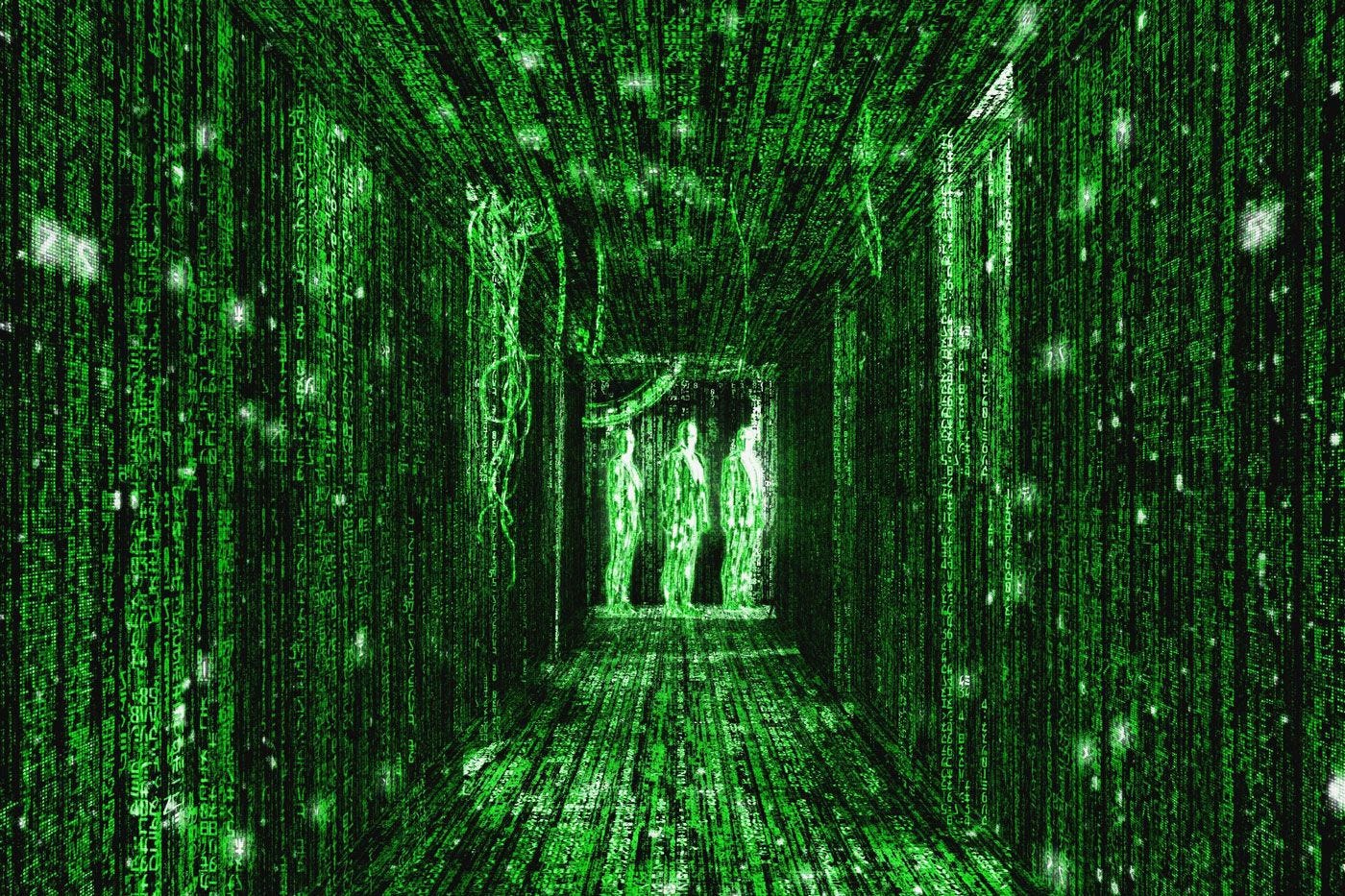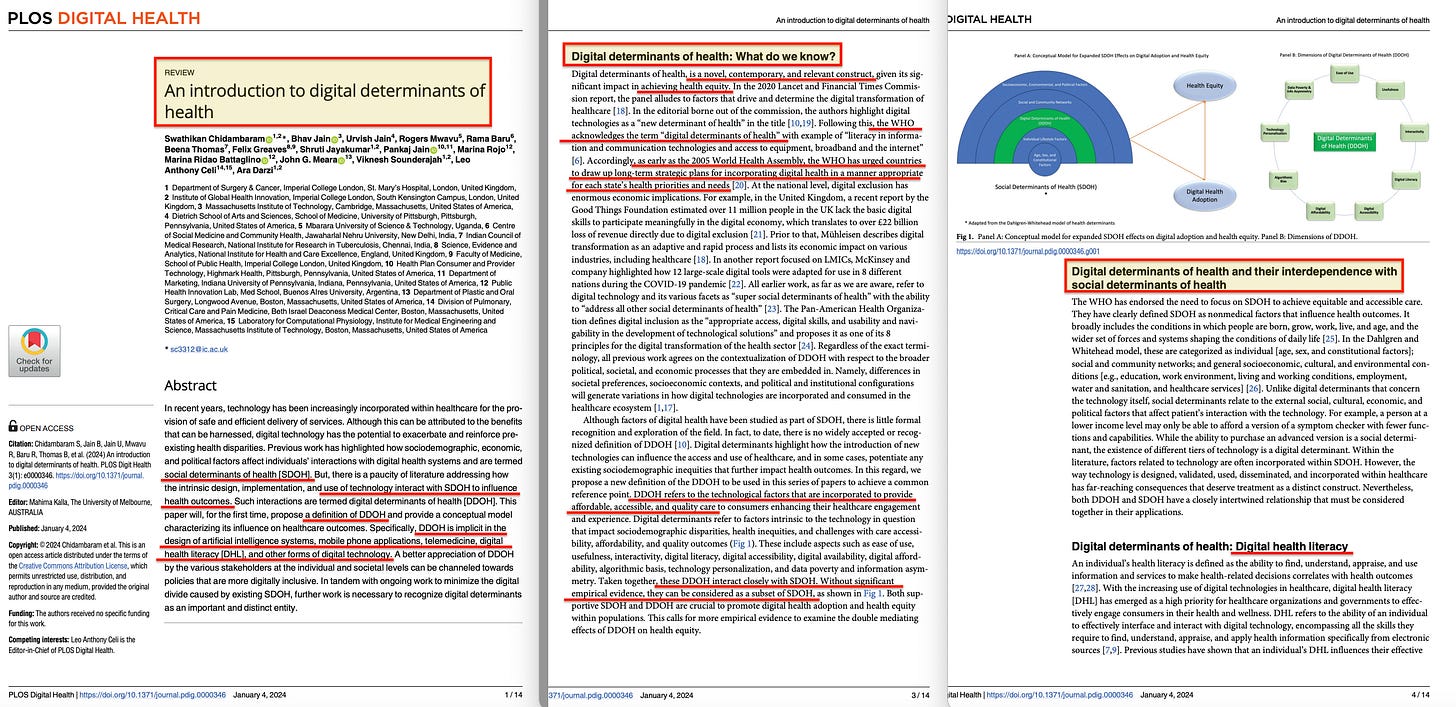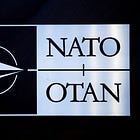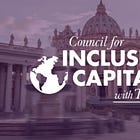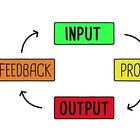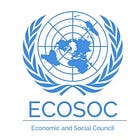The Matrix
You wake up and check your phone. The air quality index is low — that means you won’t be allowed to exercise outdoors this morning.
Your commute generates carbon footprint data.
Your energy usage flows into smart grid optimisation models.
Your purchasing patterns contribute to economic dashboards.
Your social media engagement feeds content moderation algorithms.
Your work productivity gets measured against sustainability indicators.
Your fitness tracker uploads health data that influences your insurance premiums.
By evening, every aspect of your day has been captured, quantified, and processed through interconnected measurement systems that claim to serve your wellbeing whilst actually serving something else entirely.
Welcome to the real matrix — not science fiction, but the indicator-based governance system that has quietly replaced democratic deliberation with algorithmic administration across every domain of human activity.
The Measurement Trap
Modern governance doesn't work through laws or even policies anymore. It works through indicators — metrics that claim to measure progress toward desirable outcomes whilst actually functioning as control mechanisms that make human behavior programmable at scale.
Unlike traditional red tape — which citizens could see and potentially oppose — indicator-based governance operates through an invisible infrastructure of measurement that appears scientific, objective, and beneficial. Who could oppose better health outcomes, environmental protection, educational achievement, or social equity?
But indicators aren't neutral measurements. They're definitional instruments that determine what counts as reality in governance systems. Once something becomes measurable within official frameworks, it becomes manageable through policy interventions. Once it becomes manageable, it becomes controllable through conditional access to resources, rights, and recognition.
This shift from laws to indicators wasn't an accident; it emerged from a mid-century turn to systems analysis that redefined governance as measurement and modeling rather than debate. The brilliance lies in the expansion logic: instead of directly controlling behaviour, the system controls the definitions of 'good' behaviour through measurement frameworks that make compliance automatic and resistance financially devastating.
The Institutional Architecture
At the heart of this system sits a relatively unknown but extraordinarily powerful institutional triangle: the OECD defines what gets measured, the International Organisation for Standardisation (ISO) defines how it gets measured, and IIASA defines what the measurements mean.
OECD as Reality Definer: The Organisation for Economic Co-operation and Development has evolved from coordinating Marshall Plan aid into the global authority for statistical frameworks and policy indicators. Through initiatives like the Better Life Index1, Environmental Indicators2, Education at a Glance3 (PISA scores), and Green Growth Indicators4, the OECD determines which aspects of human and environmental activity are to be governed.
ISO as Method Controller: The International Organisation for Standardisation creates the technical standards ensuring these measurements are interoperable across countries, sectors, and systems. ISO 14000 series for environmental management5, ISO/TC 215 for health informatics6, ISO 27001 for information security7 — these aren't just technical specifications but methodological lock-ins that ensure global data flows feed the same analytical frameworks.
IIASA as Model Processor: The International Institute for Applied Systems Analysis transforms measurement data into algorithmic governance through integrated assessment models that link environment, economy, population, security, and health into unified computational frameworks. Through initiatives like the Global Energy Assessment8, Shared Socioeconomic Pathways9, and integrated risk models10, IIASA processes OECD-defined indicators collected via ISO-standardised methods and generates ‘black box’ outputs that present political choices as technical necessities11.
OECD sets what 'counts', ISO locks how it's counted, and IIASA translates counts into 'necessities' — a pipeline tracked from postwar statistics through 1970s modeling to today's global dashboards. Together, this triangle creates what might be called 'methodological imperialism' — if you want to participate in international systems (trade, finance, development aid, technology transfer), you must adopt their measurement methods, analytical frameworks, and modeling outputs. This creates a global data architecture where all measurement flows through the same conceptual and technical frameworks, making planetary-scale algorithmic governance possible.
The Determinants Revolution
The real power of the system emerges through the concept of 'determinants' — the expansion logic that allows any domain to absorb any other domain through measurement connections. 'Determinants' are the mechanism that lets any domain merge with any other — first formalised in security (1956–69) and later cloned in health and environment.
Health Determinants12: Housing, education, employment, environment, social cohesion, digital access — everything becomes a 'social determinant of health'. Once reframed as health determinants, these domains fall under health governance authority. The World Health Organisation's 'determinants of health' framework means health policy can regulate urban planning, educational curricula, labor conditions, environmental protection, and social media platforms.
Environmental Determinants13: Economic activity, consumer behavior, agricultural practices, urban development, population movement — everything becomes an 'environmental determinant'. Through climate change and biodiversity frameworks, environmental governance can regulate industrial policy, individual consumption, land use, migration patterns, and reproductive choices.
Security Determinants14: Social inequality, environmental degradation, technological development, health crises, educational failures — everything becomes a 'security determinant'. NATO's expansion beyond traditional military threats means security governance can regulate economic policy, environmental protection, health systems, education standards, and technology development.
Digital Determinants15: Privacy protection, content moderation, cybersecurity, digital literacy, platform accountability — everything becomes a 'digital determinant'. Digital governance frameworks can regulate social interaction, information access, economic transactions, educational content, and political discourse.
The pattern is systematic: redefine Domain X to include 'all determinants that affect X', then use those connections to justify intervention anywhere those determinants operate.
Everything Is a Determinant
These determinant frameworks don't operate in isolation — they create overlapping webs of mutual justification where any domain can support intervention in any other domain. These linkages don't just overlap; they clear each other's claims, creating a closed loop of justification:
Environmental determinants of health: WHO's 'Health and Environment' programme16, UNEP-WHO collaborative frameworks on air quality, chemical safety, and climate health impacts17
Health determinants of security: WHO 'Health Security Interface' initiative18, UN Security Council resolutions on health threats19, NATO's health security frameworks20
Environmental determinants of education: UNESCO Climate Change Education frameworks21, UNICEF climate resilient schools initiative22, education sector climate adaptation planning
Digital determinants of health: WHO guidelines on digital health interventions23, EU Digital Services Act provisions on mental health protection24, social media platform health warnings
Economic determinants of environment: OECD Green Growth Strategy25, UNEP Economics of Ecosystems initiative26, World Bank environmental safeguards policy27
Social determinants of security: UN Prevention of Violent Extremism frameworks28, OECD fragility assessments linking inequality to conflict29, World Bank conflict prevention strategies30
This creates a total justification matrix where intervention anywhere can be legitimised by citing connections somewhere else:
Want to regulate social media?
Cite health determinants.Want to control energy usage?
Cite environmental determinants.Want to monitor communications?
Cite security determinants.Want to restrict movement?
Cite any combination of health, environmental, security, or digital determinants.
The system becomes self-reinforcing: NATO can cite health impacts to justify environmental security, WHO can cite security impacts to justify social determinants, the UN Framework Convention on Climate Change can cite both to justify climate action, and central banks can cite all of them to justify financial interventions under 'systemic risk' frameworks.
The Surveillance Integration
Every determinant requires measurement, and every measurement requires data collection. The determinants matrix thus creates comprehensive surveillance networks disguised as public service monitoring. Today's sensor web is the matured form of a build begun in the early 1970s: global environmental monitoring evolved into GEOSS31, then into live satellite constellations feeding health32, climate33, and security risk34 engines.
Public Health Surveillance: Epidemiological monitoring35, behavioral health tracking, mental health screening, environmental health assessment, social health measurement — justified as protecting population health whilst creating comprehensive life pattern surveillance.
Environmental Surveillance: Carbon footprint tracking36, resource usage monitoring, biodiversity assessment, pollution measurement, climate impact evaluation — justified as protecting planetary health whilst creating comprehensive activity surveillance.
Social Surveillance37: Inequality measurement, inclusion assessment, discrimination monitoring, cohesion evaluation, participation tracking — justified as ensuring social justice whilst creating comprehensive relationship surveillance.
Digital Surveillance: Platform monitoring38, content analysis, network mapping, usage tracking, security assessment — justified as ensuring digital safety whilst creating comprehensive communication surveillance.
Economic Surveillance39: Transaction monitoring, market assessment, supply chain tracking, consumption measurement, investment evaluation — justified as ensuring financial stability whilst creating comprehensive economic surveillance.
Each surveillance network provides data that flows into others. Health data informs security risk models. Environmental data shapes economic policy models. Social data guides digital governance models. The boundaries between surveillance systems dissolve, creating a unified monitoring apparatus that tracks every aspect of human and natural system activity.
Digital Twins: The Processing Layer
All this surveillance data flows into 'digital twins' — computational models that simulate economic, social, environmental, and health system dynamics in real-time. Digital twins are not metaphors: DestinE-class systems couple real-time feeds to scenario engines that output 'gap closures' pretending to be apolitical40.
Digital twins are essentially sophisticated input-output analysis processors. They take surveillance data as inputs, run it through algorithmic models that simulate a given system, and generate outputs that hypothetically predict future states and recommend interventions to achieve desired outcomes.
The Resilience Formula: Digital twins operate on a simple but powerful control mechanism:
R = Desired Future - Predicted Future.
'Resilience gaps' are identified wherever models predict deviation from desired outcomes. These gaps then justify immediate intervention to 'build resilience' and close the gap. If you’re in the middle of an allegedly terrifying crisis, this could be framed as ‘building back better’.
But the system goes further than automated governance — it creates automated morality. Whatever actions the algorithms determine will close resilience gaps becomes morally necessary. Whatever behaviours the models predict will create future problems becomes morally wrong. 'Good' and 'bad' become algorithmic outputs rather than human judgments.
Through adaptive management frameworks, the system can update its own moral priorities automatically based on new data inputs. If digital twin models detect unexpected outcomes, the algorithms can adjust target parameters, reweight indicator priorities, and redefine optimal behaviours without human intervention. Eventually, AI control systems can automate moral reasoning entirely: machine learning algorithms continuously optimising human behavior toward system-defined targets, with 'computational ethics'41 becoming… whatever the neural networks determine will optimise the resilience formula across all measurement domains.
The Algorithmic Moral Economy
The most sophisticated aspect of the system is how it transforms morality itself into an algorithmic output that can be automatically updated and financially enforced in real-time. When models define virtue, finance enforces it — ESG screens, stress tests, and linked debt make indicator-morality profitable and non-compliance expensive.
Programmable Virtue: Traditional morality emerged from religious tradition, philosophical reasoning, or democratic deliberation about shared values. Algorithmic morality emerges from computational analysis of digital twin projections. Whatever behaviours the models determine will optimise system performance becomes virtuous. Whatever actions the algorithms predict will create resilience gaps becomes immoral.
Financial Virtue Enforcement: The moral economy operates by embedding these algorithmic moral determinations directly into capital allocation systems:
ESG Scoring: Environmental, Social, and Governance metrics automatically adjust investment flows based on algorithmic assessments of corporate virtue
Central Bank Policy: Climate stress tests and social impact assessments guide monetary policy based on digital twin projections
Carbon Markets: Emissions trading systems financialise virtue by making environmental compliance tradeable and profitable
Impact Investing: Development finance flows toward activities that optimise algorithmic social impact metrics
Sustainable Finance: Banking regulations automatically restrict lending to activities that digital twin models predict will create future resilience gaps
Real-Time Moral Adjustment: Through adaptive management protocols, the system continuously calibrates moral frameworks based on performance feedback:
Surveillance Input: Global monitoring systems collect behavioral data across all domains
Model Processing: Digital twins analyse patterns and update projections of optimal futures
Gap Analysis: Algorithms identify discrepancies between projected and desired outcomes
Moral Recalibration: The system automatically adjusts definitions of virtuous behavior to close predicted gaps
Financial Implementation: Updated moral parameters flow immediately into lending criteria, investment guidelines, and resource allocation algorithms
Behavioral Feedback: Financial incentives reshape human behavior toward new moral targets
Cycle Repetition: Behavioral changes generate new surveillance data, triggering fresh cycles of moral recalibration
AI Ethics Automation: Advanced machine learning systems can eventually automate moral reasoning entirely, using neural networks trained on vast datasets of human behavior to optimise ethical frameworks in real-time. The algorithms learn to predict which moral configurations will generate optimal system performance, continuously experimenting with different virtue parameters to maximise algorithmic efficiency across all measurement domains.
The outcome is fluid, adaptive morality that updates automatically as the models refine their projections. Yesterday's acceptable behavior becomes today's moral transgression if the algorithms detect new correlations in the data streams. Tomorrow's moral imperatives depend on tonight's batch processing of global surveillance inputs.
This represents the ultimate technocratic achievement: not just governing human behavior, but programming human moral intuitions through financial mechanisms that make algorithmic virtue profitable and algorithmic vice expensive. The system doesn't impose morality — it generates morality automatically and makes following it financially irresistible.
The Institutional Implementation Layer
Digital twin outputs don't implement themselves — they require institutional machinery to translate algorithmic recommendations into binding policy interventions. This is where the UN's tripartite governance architecture processes measurement data into global administration.
When IIASA models identify ‘resilience gaps’, the institutional response follows a predictable pattern:
Security Council as Executive Authority: The UN Security Council's expanded definition of threats now includes climate change42, pandemics43, and is moving towards digital misinformation44, and social inequality45 — precisely the domains covered by digital twin modeling. When algorithmic projections predict system instability, the Security Council can declare international crises requiring immediate intervention, bypassing traditional diplomatic processes through emergency powers.
ECOSOC as Administrative Coordinator: The Economic and Social Council serves as the central processing hub, coordinating responses across specialised agencies and managing the 6,600+ accredited NGOs that implement policy at local levels. ECOSOC translates digital twin outputs into institutional mandates, determining which agencies activate, which NGOs deploy, and which measurement protocols govern compliance.
Specialised Agencies as Domain Controllers: The WHO implements health interventions, UNESCO manages educational programming, the FAO controls agricultural policy, and the ILO regulates labor standards — each acting on algorithmic determinations that their respective domains require intervention. These agencies don't deliberate political choices; they execute technical necessities determined by computational analysis.
NGOs as Grassroots Enforcers: ECOSOC-accredited NGOs provide moral legitimacy and enforcement mechanisms, presenting algorithmic mandates as civil society demands rather than top-down impositions.
This creates a seamless pipeline from surveillance data through algorithmic processing to institutional implementation, where digital twin outputs become binding policy interventions without requiring democratic consent at any stage of the process.
Social Credit Through Multiple Channels
The brilliance of indicator-based governance is that control operates through apparently objective measurement rather than obvious coercion. The system doesn't tell you what to do — it measures what you do, compares it to algorithmic projections of optimal behavior, identifies 'gaps', and then adjusts access to resources, rights, and recognition based on your 'performance' against the indicators46.
Instead of a single social credit score, the system operates through multiple interlocking measurement frameworks:
Environmental scores: Carbon footprint, resource usage, waste generation
Health scores: Vaccination status, lifestyle behaviours, mental health metrics
Economic scores: ESG compliance, sustainable consumption, financial responsibility
Social scores: Inclusion behaviours, community participation, platform engagement
Digital scores: Information literacy, platform compliance, cybersecurity practices
Most people won't see a single score; they'll feel a thousand gated doors — permits, payments, and policies all referencing different 'scores' fed by the same dashboards. Your access to employment, housing, finance, travel, healthcare, education, and social services becomes conditional on your performance across these measurement frameworks. Non-compliance isn't punished directly — it simply results in algorithmic reduction of access to the resources necessary for modern life.
Predictive Intervention: The system doesn't wait for problems to emerge. Digital twin models run continuous projections, identifying individuals, communities, and behaviours that algorithms predict will create future 'resilience gaps'. Interventions can then be justified as preventing predicted problems rather than responding to actual problems. This enables total preemptive governance: intervention justified by algorithmic prediction of deviation from computationally-defined optimal futures.
The Democratic Bypass
Traditional democracy required convincing voters to support policies. Indicator-based governance bypasses democratic deliberation by embedding policy preferences in measurement frameworks that appear technical rather than political. The same rotating networks write the indicators, tune the models, and 'implement' the outputs across agencies and boards — methodological unity posing as plural governance.
The system is administered by rotating networks of technocratic specialists who move seamlessly between OECD working groups, UN agency positions, IIASA research roles, academic institutions, think tank positions, and corporate sustainability departments. These expert networks design the indicators, calibrate the models, set the targets, interpret the data, and recommend the interventions — all while being accountable primarily to each other rather than to democratic publics.
The same individuals who develop OECD statistical frameworks often move to IIASA to design integrated assessment models, then transition to WHO or UNESCO to implement policies based on those models, before rotating to academic positions where they train the next generation of experts in the same methodological approaches. This creates a closed epistemological loop where the people who measure reality, model its dynamics, and govern its optimisation represent a single intellectual class sharing common assumptions about technocratic efficiency and global optimisation.
Crisis Architecture: Permanent Emergency Governance: The most sophisticated aspect of democratic bypass operates through the institutionalisation of permanent crisis. Once projections themselves trigger authority, emergency becomes operating mode — the exception was inverted. The UN Security Council's expanded definition of threats — climate change, pandemics, digital misinformation, social inequality, environmental degradation — means virtually any algorithmic projection of system instability can trigger emergency governance protocols. A new ‘meta-crises’ is born, and the permanent emergency is thus justified.
When IIASA models predict climate tipping points, health crises, or social disruption, these projections provide justification for Security Council intervention under Chapter VII powers. Unlike traditional military threats that require actual events, algorithmic threats only require computational predictions of future problems to justify immediate action.
The genius of this architecture is that crisis becomes the normal state rather than the exception. Climate models always show some probability of dangerous outcomes, epidemiological models always identify potential disease vectors, and social models always detect inequality trends that could destabilise systems. The mathematical certainty of future problems — somewhere, sometime, requiring prevention now — provides permanent justification for emergency authority.
The Obstacles to Resistance
Two sophisticated mechanisms ensure this system remains difficult to challenge or escape:
NGO Capture: ECOSOC accreditation converts dissent-capable NGOs into programme implementers by selecting for indicator alignment. ECOSOC's Article 71 accreditation process has systematically captured civil society organisations, transforming potential critics into implementation partners. Over 6,600 NGOs now hold consultative status, with 132 holding General Consultative status granting access to all parts of the UN system.
Accredited NGOs receive privileged access to UN processes, funding opportunities, and policy formation — but only those that demonstrate alignment with UN priorities and methodological frameworks. This creates a selection pressure where only NGOs that embrace the measurement infrastructure and support algorithmic governance maintain institutional access. What appears as civil society participation actually represents a carefully curated echo chamber where predetermined policy directions receive grassroots legitimacy from pre-selected civil society partners.
Educational Programming as Cognitive Capture: UNESCO's long arc of 'global citizenship' training pre-loads the mental model: systems management is taught as moral common sense, not as a political choice. Since 1949, international educational initiatives have systematically conditioned populations to view global cooperation, expert authority, and integrated systems management as moral imperatives rather than political choices.
Elementary curricula teach children about global citizenship and planetary stewardship. Secondary education emphasises international cooperation and ‘evidence-based’ policy. Higher education training in public policy, international relations, and development studies treats indicator frameworks, systems thinking, and technocratic governance as methodological foundations rather than ideological commitments.
This creates populations who literally cannot conceive of alternatives to indicator-based governance because their educational formation treats measurement frameworks as neutral tools for serving obviously desirable outcomes. The cognitive capture operates at the level of basic categories. Health, sustainability, security, and equality get defined through measurement frameworks before critical thinking about those concepts can develop.
The Universal Operating System
What we witness is the emergence of a universal operating system for human behaviour — a governance architecture that can regulate any activity by measuring it against algorithmic projections of optimal futures.
The system works because it appears to serve uncontroversial goods: health, sustainability, security, equality, prosperity. Who could oppose evidence-based policies that serve these obviously desirable outcomes?
But the measurement frameworks embed particular definitions of these goods that serve system optimisation rather than human interest. 'Health' becomes compliance with expert-defined wellness metrics. 'Sustainability' becomes adherence to carbon accounting protocols. 'Security' becomes algorithmic risk management. 'Equality' becomes statistical outcome standardisation.
The system doesn't serve human values — it programs human values through measurement frameworks that make alternative definitions of flourishing literally unmeasurable and therefore governmentally invisible — all dressed up in claims of ethical superiority.
Escaping the Matrix
Understanding indicator-based governance reveals why traditional political resistance often fails. You can't vote your way out of a system that operates through measurement frameworks set by international technical bodies. You can't protest policies that emerge from algorithmic analysis of surveillance data. You can't reform institutions that are implementing indicator targets rather than democratic mandates.
The matrix isn't maintained by force but by dependency. Modern life has been structured to require participation in measured systems for access to employment, housing, finance, healthcare, education, and social recognition. Opting out means forfeiting the resources necessary for contemporary life.
But recognition is the first step toward freedom. Once you understand that the problem isn't particular policies but the indicator-based governance system itself, different forms of resistance become possible:
Building parallel systems that serve human rather than algorithmic values
Creating alternative institutions that operate outside indicator frameworks
Developing technologies that preserve human agency rather than optimising system efficiency
Establishing communities that prioritise human relationships over measurable outcomes
The real matrix isn't a computer simulation — it's a measurement infrastructure that makes human behavior programmable at scale.
Breaking free requires understanding how it works and building alternatives that serve human flourishing rather than algorithmic optimisation.
The choice is becoming clear: submit to being optimised by machines in Zev Naveh’s Total Human Ecosystem, or reclaim the human capacity for self-determination.
But in closing — and by pure coincidence I’m sure — the former trajectory was predicted by Marx through his Fragment on Machines47.
So the question ultimately becomes — how do we reject his inversion?


